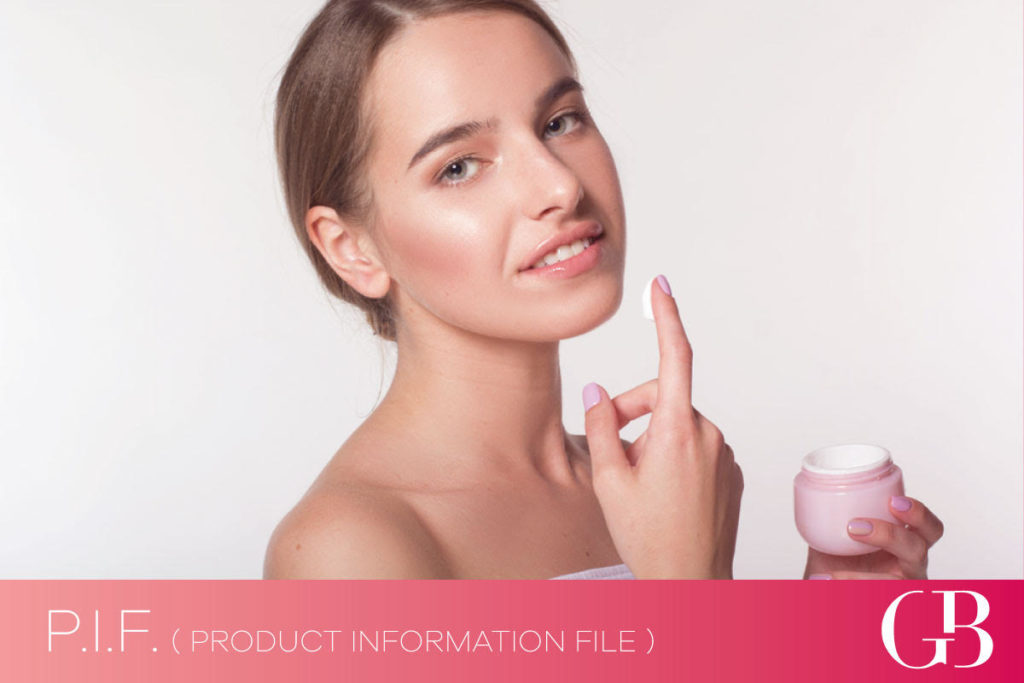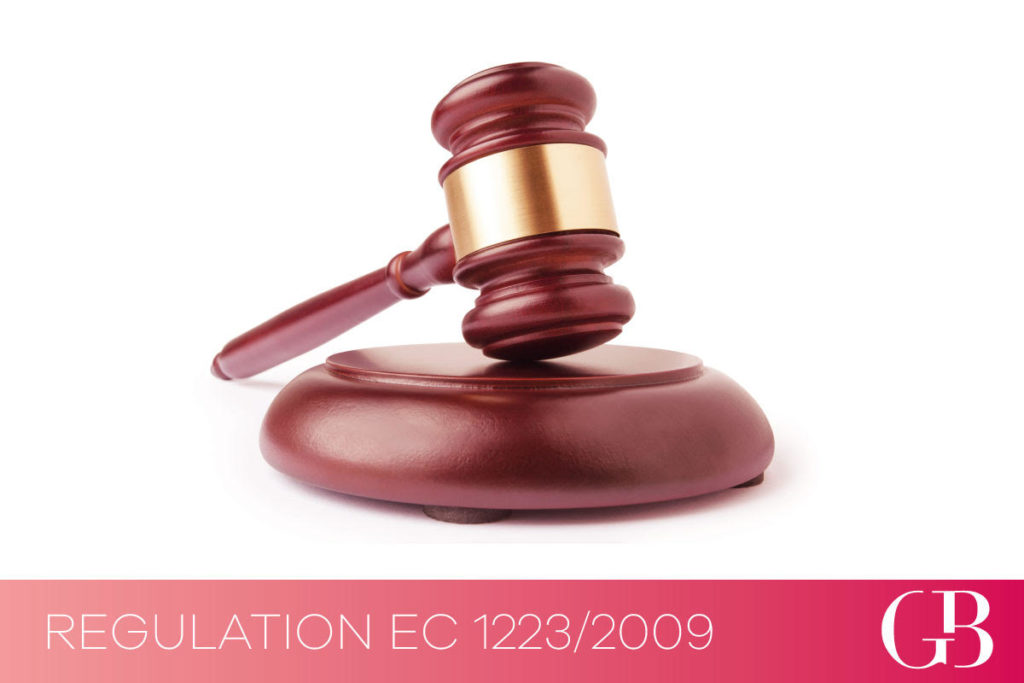Since the entry into force of Ec Regulation 1223/2009, the role of the safety assessor has been introduced in european cosmetic legislation. The safety assessor is in possession of a diploma or other evidence of formal qualifications awarded on completion of a university course of theoretical and practical study in pharmacy, toxicology, medicine or similar discipline, or a course recognised as equivalent by a Member State.
The Directive 76/768 / EEC obliged manufacturer to appoint a technical director as responsible for cosmetic products placed on the market. The EC Regulation 1223/2009 instead assigns these responsibilities to two well-defined professional roles: the safety assessor and the responsible person.
What does the safety assessor
- Assess the safety of the cosmetic product before it is placed on the market;
- Depending on his contractual agreement with the responsible person, the safety assessor may
also have to: - gather all the necessary information to document the safety assessment as laid down in the
Cosmetics Regulation (Annex I); - Collaborate with the responsible person to ensure that the safety assessment is readily
accessible to the competent authority and kept up to date
Based on all the available data, the conclusion of the person responsible for the safety assessment may be:
- The product is safe for the proposed use without restrictions.
- The product is safe with restrictions and may need specific warnings or precautions (risk reduction
measures). - The product is not safe
Safety Assessor Requirements
The proof of qualification of the safety assessor must be included in the dossier. The safety assessor may be employed by the responsible person or may be an external consultant. No connection should exist with production or marketing. The safety assessor must provide evidence of having relevant experience in toxicology, as well as verifiable independence in matters of product-related decisions.





